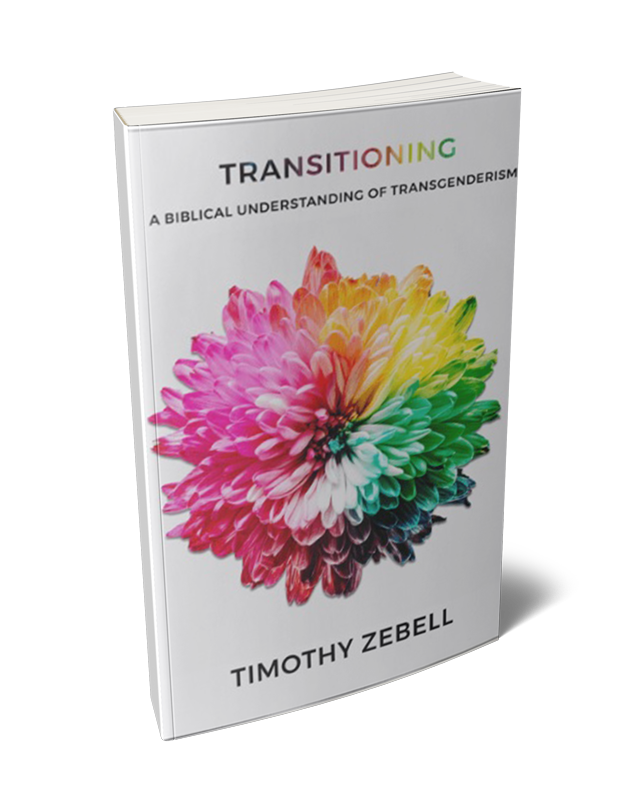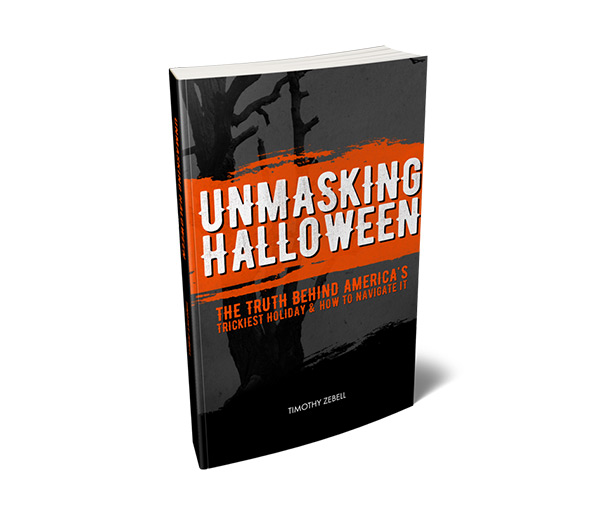Banks were once the icon of financial security, but this changed in 2008 when they threatened to usher in an economic apocalypse due to their poor trading habits. Too much borrowing, foolish investments, misguided regulation, and a lack of transparency created a perfect storm that was only quelled by a massive taxpayer bailout known as the Emergency Economic Stabilization Act of 2008. Nevertheless, Steve Denning notes in Forbes, “Banks today are bigger and more opaque than ever, and they continue to trade in derivatives in many of the same ways they did before the crash, but on a larger scale and with precisely the same unknown risks.”
In the wake of the 2008 financial crisis, new regulation was passed in the form of the Dodd-Frank Act. Buried in this longest and most complicated bill ever passed by the U.S. legislature is language that defines depositors as unsecured creditors.,Any money deposited is considered to be a loan to the bank by an unsecured creditor. As such, all deposited money becomes the legal property of the bank to do with it as it pleases. According to Cottenham LC in Foley v. Hill, “The money placed in the custody of a banker is, to all intents and purposes, the money of the banker, to do with it as he pleases … he is not answerable to the principle [depositor] if he puts it into jeopardy, if he engages in a hazardous speculation.”
Furthermore, a 2005 revision to the U.S. bankruptcy laws placed holders of derivatives in a senior position to bank depositors. Because of this, if a bank becomes insolvent, derivatives holders are first in line ahead of depositors to collect on the bank’s assets. Because deposits are considered debt obligations of the bank, if a bank defaults on its debts, then once its assets are exhausted by the lenders who are first in line (derivatives holders), it is not required to pay back the money that it owes to its depositors.
In 2012 a joint resolution of the FDIC and the Bank of England titled Resolving Globally Active, Systematically Important, Financial Institutions permitted insolvent banks to take depositor’s funds and convert them into bank stock. This was accomplished in 2013 when, in Greece, the Bank of Cyprus performed what has come to be known as a bail-in. Without consent, the Bank of Cyprus converted 40% of the money in its depositors’ accounts in excess of 100,000 Euros into bank stock. In other words, without consent, 40% of all deposited money in excess of 100,000 Euros was removed from the accounts and used to purchase stock on the depositors’ behalf in an insolvent bank. Former senior bank credit officer and financial investment author John Wolfe warns, “A senior regulator with the ECB [European Central Bank] issued a statement at the time that bail-ins would be the template used in future bank failures.”
The plan to bail-in insolvent banks originated in the Financial Stability Board which operates out of the Bank for International Settlements. In 2014 the G-20 confirmed the Financial Stability Board’s regulations permitting banks to confiscate its depositors’ funds and convert them into bank stock. Ellen Brown reports in the Huffington Post:
Few depositors realize that legally, the bank owns the depositor’s funds as soon as they are put in the bank. Our money becomes the bank’s, and we become unsecured creditors holding IOUs. But until now, the bank has been obligated to pay the money back as cash on demand. Under the FDIC-BOE plan, our IOUs will be converted into “bank equity.” The bank will get the money and we will get stock in the bank. … No exception is indicated for “insured deposits” in the U.S., meaning those under $250,000, the deposits we thought were protected by FDIC insurance. … If our IOUs are converted to bank stock, they will no longer be subject to insurance protection but will be “at risk” and vulnerable to being wiped out, just as the Lehman Brothers shareholders were in 2008.
This is particularly concerning given that banks are over-leveraged in the derivatives market. Founder of Gold Eagle I. M. Vronsky writes, “Today six major US banks are betting 24 TIMES MORE MONEY THAN THEY HAVE (i.e. $237 Trillion in Total Derivatives vs only $10 Trillion in Total Assets).” To put this into perspective, the global GDP in 2015 is only estimated at less than $74 trillion. With such astronomical debt, these six U.S. banks could collapse if there were a relatively small derivatives investment loss of 4%. Clearly banks cannot be the refuge that we seek.
What about other forms of investing? What perspective does the Bible give?
To be continued . . .








